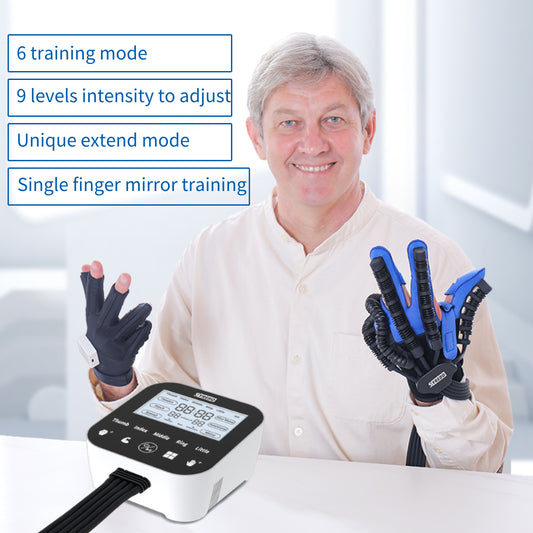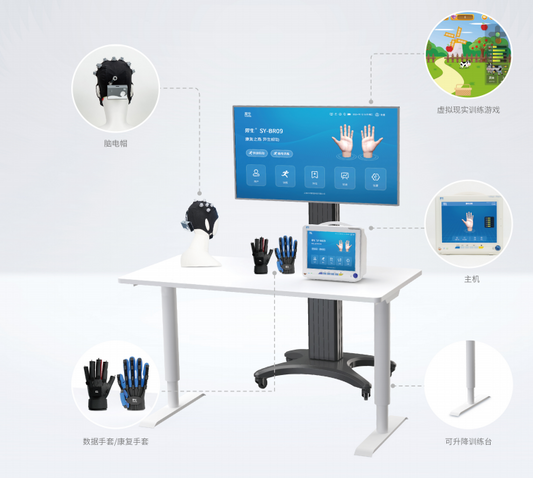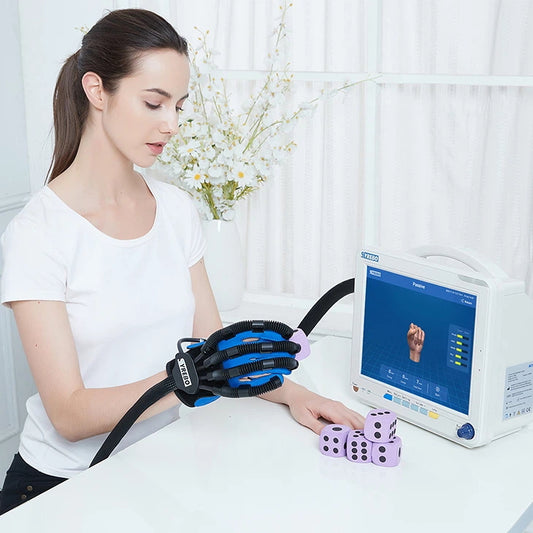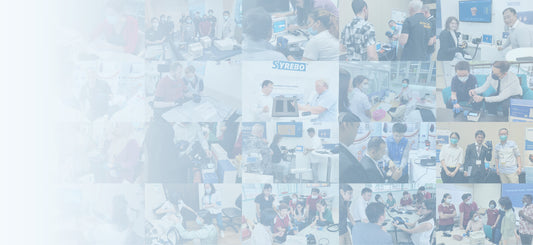What Is Traumatic Brain Injury | Types, Symptoms,Causes
What Is Traumatic Brain Injury
Traumatic brain injury (TBI) happens when a sudden, external, physical assault damages the brain. It is one of the most common causes of disability and death in adults. TBI is a broad term that describes a vast array of injuries that happen to the brain. The damage can be focal (confined to one area of the brain) or diffuse (happens in more than one area of the brain). The severity of a brain injury can range from a mild concussion to a severe injury that results in coma or even death.
Is A Concussion a Traumatic Brain Injury
A concussion is a mild traumatic brain injury that affects brain function. Effects are often short term and can include headaches and trouble with concentration, memory, balance, mood and sleep.
Concussions usually are caused by an impact to the head or body that is associated with a change in brain function. Not everyone who experiences a blow to the body or head has a concussion.
Some concussions cause the person to lose consciousness, but most do not.
Falls are the most common cause of concussions. Concussions also are common among athletes who play a contact sport, such as American football or soccer. Most people recover fully after a concussion.
Is A Stroke a Traumatic Brain Injury
Stroke is a particular kind of traumatic brain injury. A stroke occurs when the flow of blood and oxygen to an area of the brain is suddenly interrupted, usually because of a blood clot or broken blood vessel, resulting in the death of the affected brain tissue. Though they can happen at any age, nearly 75% of all strokes occur in people over the age of 65. They are the third leading cause of death in the United States and the leading cause of serious, long-term disability. Some of the most challenging stroke outcomes include weakness or paralysis on one side of the body, problems with thinking, awareness, attention, learning, judgment, or memory, difficulty controlling or expressing emotions, depression, and difficulty understanding or forming speech. Stroke recovery time varies depending on the severity of these symptoms, with stroke rehabilitation for serious cases often requiring a long-term, multi-faceted approach that includes physical, speech, and occupational therapy.
What Are The 4 Types of Traumatic Brain Injuries?
Car accidents, falls, workplace accidents, and other incidents can cause a traumatic brain injury. In addition, brain injuries may be caused by blunt force trauma, closed head injury, or penetrating head injury.
A brain injury may be caused by a lack of oxygen to the brain (anoxic trauma). Drowning, choking, toxic substances, and drugs could result in anoxic trauma.
Concussion
Concussions are the most common type of brain injury. They are also referred to as mild TBIs. Blunt force trauma and closed head injuries are common causes of concussion. The person may strike their head on an object, or an object strikes the head.
Closed head injuries are caused by falls, rear-end accidents, and other incidents that cause the brain to “bounce” around within the skull. The violent movement of the head causes the brain to shift. As the brain moves, it strikes the hard skull causing damage to brain tissues and blood vessels.
Injuries may appear directly under the point of impact, on the opposite side of the head, or on both sides of the head.
Penetrating Brain Injuries
The injury is caused by an object penetrating the skull to enter the brain. A penetrating brain injury leads to bleeding and the death of brain cells. Complications from penetrating brain injuries include brain swelling, bleeding, blood clots, stroke, and loss of oxygen from lack of blood circulation in the brain.
Anoxic Brain Injuries and Contusions
Anoxic brain damage is caused by a lack of oxygen to the brain. Brain cells begin to die after four minutes without oxygen. Drowning is a common cause of anoxic brain injury. However, damage to the blood vessels caused by trauma could prevent oxygen from reaching the brain.
Contusions occur when the brain strikes the skull causing bruises on the brain. Bleeding at the bruise site can cause the brain to swell. If the swelling cannot be relieved, the brain may experience a lack of oxygen.
Diffuse Axonal Injury
Diffuse axonal injury or DAI is similar to other types of brain injuries that begin with the brain shifting within the skull. The long connecting fibers are torn from the brain. The result can be severe brain damage in multiple locations on the brain.
What Are 5 Signs & Symptoms of A Traumatic Head or Brain Injury?
TBI symptoms vary depending on:
- The type of injury
- How severe the injury is
- What area of the brain is injured
TBI injuries can be both local (the exact place on the brain where the injury occurred) and include the surrounding tissues, which can also be affected by the damage to the initial site. This means that some symptoms appear right away, while others may appear several days or even weeks later and evolve over time. A person with TBI may or may not lose consciousness. Loss of consciousness, sometimes called a blackout, does not necessarily mean the TBI is severe, especially if the blackout lasts for only a short time.
A person with a mild TBI may experience any of the following:
- Headache
- Confusion
- Lightheadedness
- Dizziness
- Blurred vision
- Ringing in the ears, also known as tinnitus
- Tiredness or sleepiness
- A bad taste in the mouth
- A change in sleep habits
- Behavior or mood changes
- Trouble with memory, concentration, attention, or thinking
- Loss of consciousness lasting a few seconds to minutes1
- Sensitivity to light or sound
- Nausea or vomiting
A person with moderate or severe TBI may have some of the symptoms listed for mild TBI. In addition, the person may experience any of the following:
- Headache that gets worse or will not go away
- Loss of vision in one or both eyes
- Repeated vomiting or continued nausea
- Slurred speech
- Convulsions or seizures
- An inability to wake up from sleep
- Enlargement of the pupil (dark center) of one or both eyes
- Numbness or tingling of arms or legs
- Uncoordinated or “clumsy” movements
- Increased confusion, restlessness, or agitation
- Loss of consciousness lasting a few minutes to hours
A person who suffers a blow to the head or other injury that may cause a TBI should seek medical attention, even if none of the symptoms listed are present. Sometimes symptoms do not appear until well after the injury.







